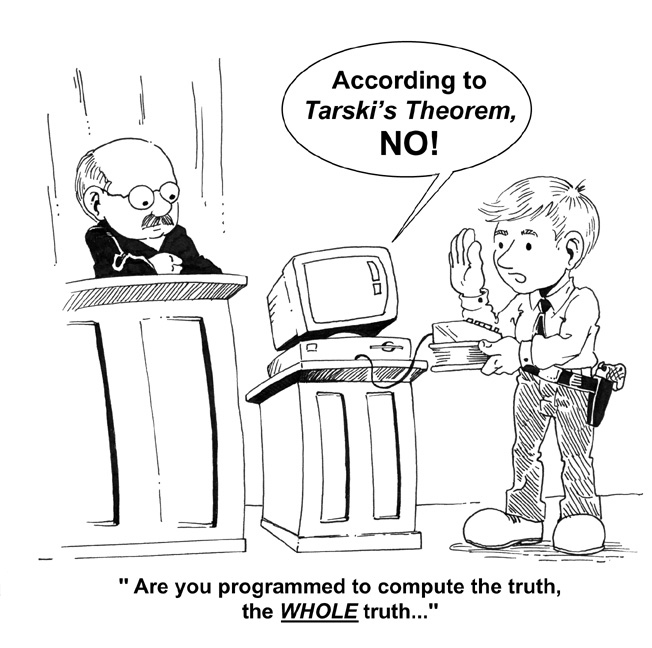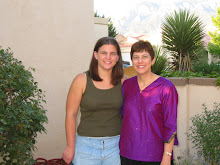
How can teachers and schools ensure that their students are learning what they need when it comes to Technology and Information Literacy?
Teachers and schools need to educate for change in order to ensure that students are learning what they need when it comes to Technology and Information Literacy. Students needs to be flexible and adaptable. They need to be able to develop and follow process models as well as organizational and problem solving skills. These habits of mind are more important than applications of fleeting duration.
In addition to the ability to adjust to changing landscapes, students need ample facility with existing technology tools to develop the confidence to explore available technology resources. A frequent response to a how-to questions is that "It's intuitive." This is only true if one has some experience to draw upon. Therefore, providing opportunities to gain experience using a variety of applications for a range of purposes may build a skill set that allows students to easily transition for older to newer technology.
It makes sense to choose tools that further learning outcomes. As the learner outcomes change, the tools will change or be used in new and creative ways. Thus, it makes sense to look closely at learning outcomes in a course and draw upon the tools that support those outcomes. If the tools do not support learning, they are superfluous. It may be that teachers need to alter learner outcomes in looking at the 21st century.
It seems that it is the overall learning outcomes which should be the highest priority. With clear 21st century outcomes, choosing appropriate tools to meet these outcomes will follow. As a variety of different high-tech and low-tech tools can be used for any particular purpose, it not important to teach any particular application. Appropriateness and effectiveness are the operative words. Encouraging diversity ad creativity in selection will ensure that students have a range of technology experiences.

















